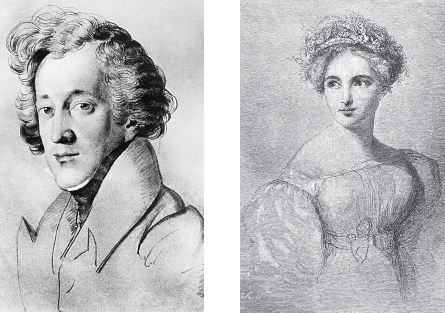The Concert Overture: Felix Mendelssohn

A further step, conceptually, was the concert overture, never intended to be followed by a stage play or an opera — never intended, indeed, for the theater. Robert Schumann wrote an overture to Hermann und Dorothea, by Goethe, which is not a play but an epic poem. Hector Berlioz wrote overtures to literary works of various kinds: plays (Shakespeare’s King Lear), long poems (The Corsair by Byron, a special hero for the Romantics), and novels (Waverley by Sir Walter Scott).
Probably the best-
A work in sonata form, following Classical models quite clearly, the overture to A Midsummer Night’s Dream nonetheless includes representational features. Music illustrates the delicate, fluttering fairies in the service of King Oberon and Queen Titania, the sleep induced by Puck’s magic flower, and the braying of Bottom the Weaver when he is turned into a donkey.
Another fine example by Mendelssohn is the Hebrides Overture, an evocative, moody depiction of lonely Scottish islands rich in romantic associations. Surging string music suggests the swell and the spray of waves; woodwind fanfares suggest seabird calls, perhaps, or romanticized foghorns. This is evidently program music, but what makes it an overture? Nothing more than the fact that it follows the standard scheme for overtures at the time — namely, a single movement in sonata form.